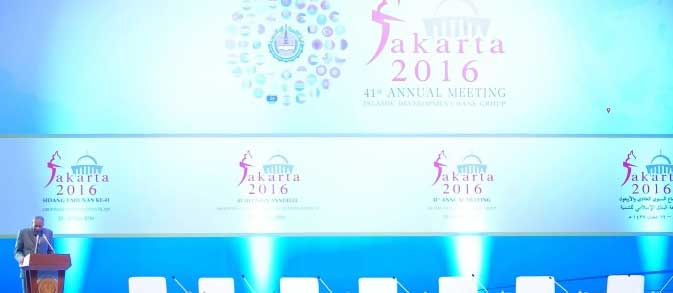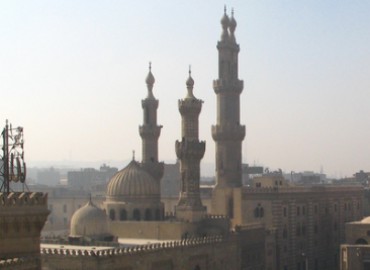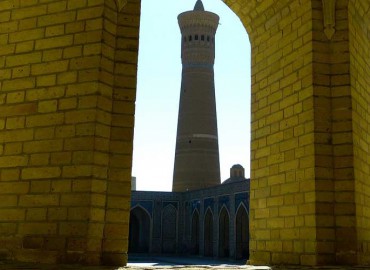
China Seeks Islamic Financing and Partnerships for its New Silk Route
Article Overview
Giving its take on the recent annual IDB meeting in Jakarta, the Chinese 24-hour English language television channel CCTV News gave its take on the event from a Chinese perspective.
The need for more infrastructure investment in IDB member nations was highlighted with possible sources of investment coming from China’s one belt, one road initiative.
The modern Silk Road initiative can help boost trade between IDB member nations by providing infrastructure investment to establish improved connectivity between member nations. IDB’s Sayed Aqa stated “This initiative helps to connect member countries, especially those in Central Asia which are rich in natural resources”
China’s Modern Silk Road Initiative
The Silk Road or Silk Route was an ancient network of trade routes that were central to cultural interaction through regions of the Asian continent connecting the West and East from China to the Mediterranean Sea. In 2014, during a visit to Kazakhstan, Chinese President Xi Jinping introduced a plan for creating a New Silk Road from China to Europe. The modern version of the New Silk Road has been dubbed “One Belt, One Road” (OBOR), and includes land-based Silk Road Economic Belt and Maritime Silk Road, with primary points in Ürümqi, Dostyk, Astana, Gomel, Brest, and the Polish cities of Małaszewicze and Łódź, which would be hubs of logistics and transhipment to other countries of Europe.







